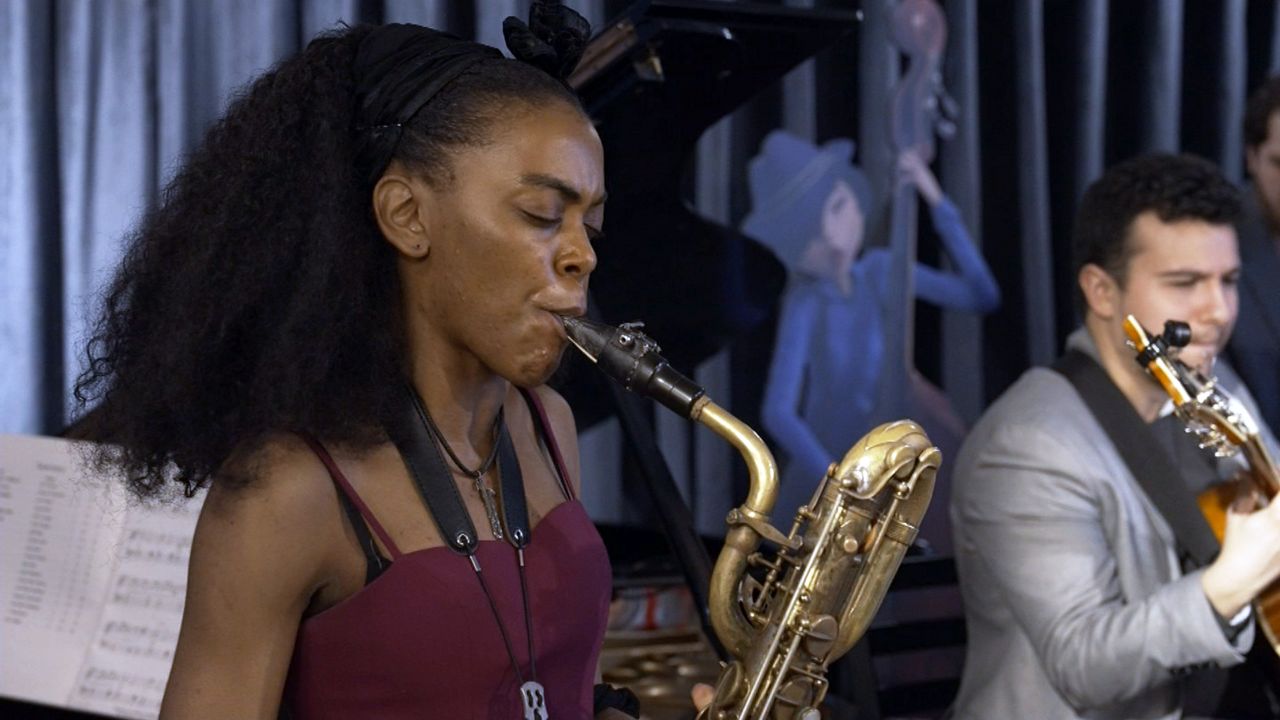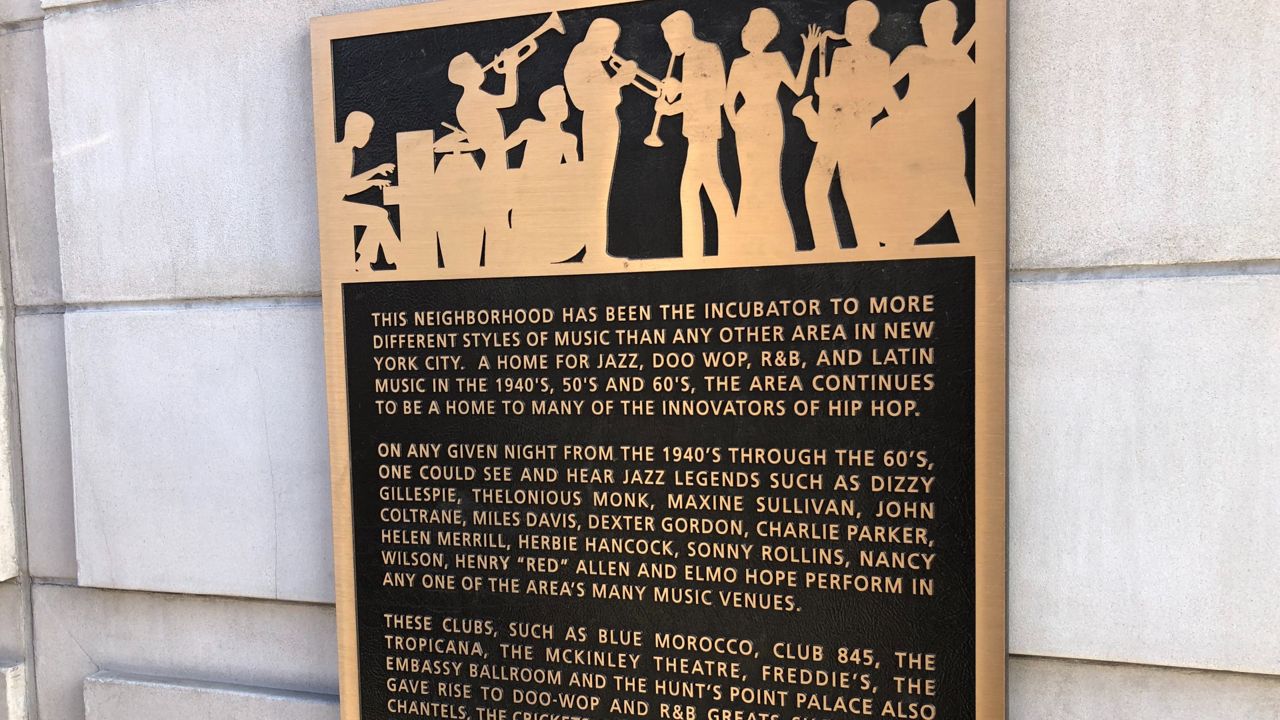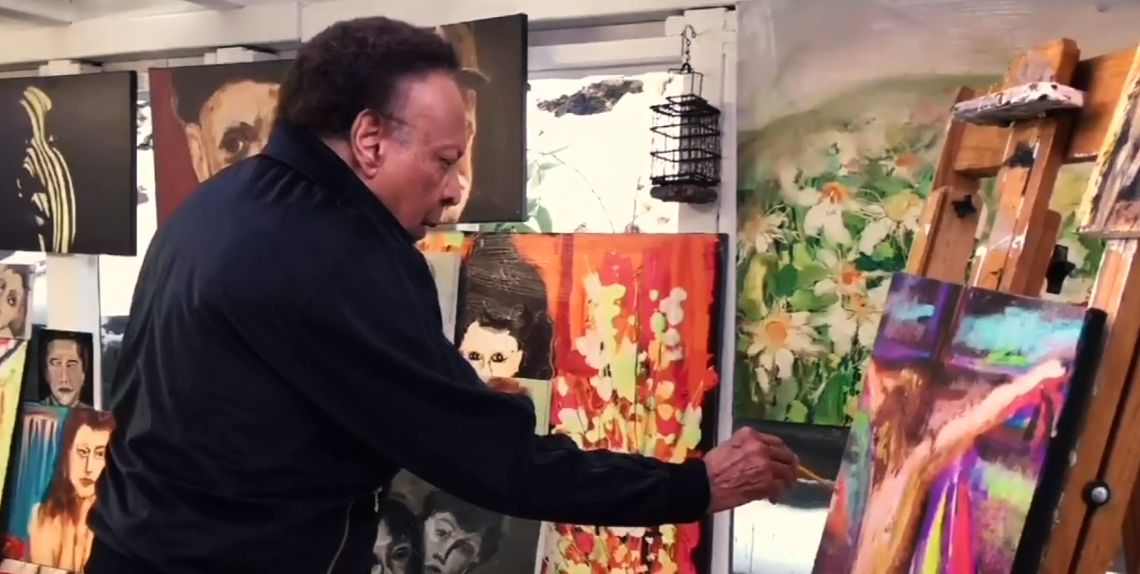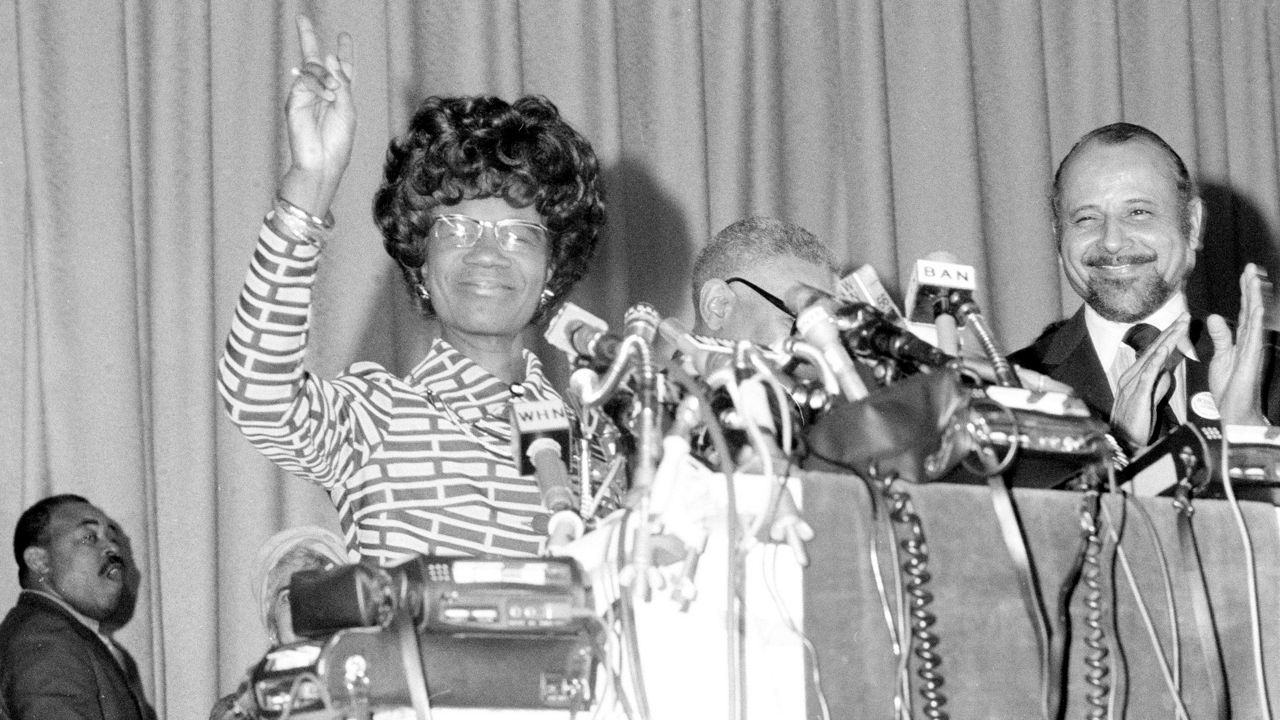NEW YORK — Christina Milliner woke up bright and early Saturday morning and joined fellow runners for a Black History run through the boroughs.
Runners were divided into groups that covered historical sites including Sandy Ground on Staten Island, part of the Underground Railroad at Plymouth Church in Brooklyn and African burial grounds in Manhattan, Queens and the Bronx.
What You Need To Know
- Groups of runners hit the streets to visit Black historical sites across the five boroughs on Saturday
- Runners covered sites including Sandy Grounds on Staten Island, part of the Underground Railroad at Plymouth Church in Brooklyn and African burial grounds in Manhattan, Queens and the Bronx
- Todd Aydelotte organized the run with partners. The goal of the run was to show reverence to enslaved Africans
“The first stop that we stopped at was a slave market in that area, and I wasn’t even aware of that,” runner Christina Milliner said.
Along the 50-mile trek, participants were given guided tours and participated in a libation ceremony at Foley Square.
“Thirteen enslaved Africans were tied to the stake right here and burned alive,” said Todd Aydelotte, pointing to the Triumph of the Human Spirit monument.
Aydelotte was one of the main organizers of the run, and collaborated with partners to curate the stops. He said the goal was to show reverence to enslaved Africans.
“When you discover that New York City was built, really, by enslaved Africans and free Blacks, that constructed our city, all of the infrastructure, working in so many of our communities, homes, all uncompensated, this run is designed to expose the richness of the history, and trying to get people to really rally around a common cause,” Aydelotte said.
Runners admitted that even after living in New York for years, they had overlooked many of these sites.
"When you do live here, you take it for granted. You walk past things every day and you don’t realize like, 'Oh, this is significant,' you know?” said Claudine Moore, who has lived in the city for 15 years.
“We’re all so stuck in our own head space and it’s always nice to take time to reflect pause and see this history that’s been made invisible for so long,” Cynthia Tobar added.










